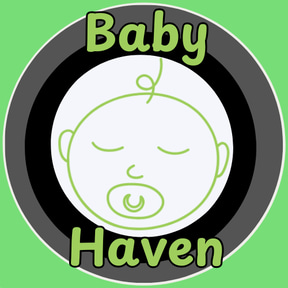Baby Sign Language: Communicating Before They Can Speak
Baby sign language lets infants communicate through gestures before speaking, aiding early understanding and bonding, based on ASL to support development.


Communication is fundamental to human interaction, enabling us to express needs, emotions, and thoughts. For infants, communication typically begins with vocalizations, but what if there was a way for them to express themselves before they can articulate words? Enter baby sign language, a method that allows babies to communicate using simple gestures before they develop spoken language skills.
Understanding Baby Sign Language
Baby sign language involves teaching infants and toddlers basic signs derived from American Sign Language (ASL) or modified versions. These signs correspond to everyday concepts like “more,” “milk,” “eat,” “sleep,” and emotions such as “happy” and “sad.” The goal is to provide a means for babies to communicate their needs and desires, reducing frustration and enhancing early bonding between caregivers and children.
Benefits of Baby Sign Language
Enhanced Early Communication: Babies can start using signs as early as 6 to 9 months old, facilitating communication about basic needs and emotions. This early communication can alleviate frustration and help parents respond more effectively to their baby's needs.
Reduced Frustration: By giving babies a way to express themselves, it can decrease tantrums and outbursts associated with communication challenges. When babies can communicate their needs, they feel more understood and secure.
Accelerated Language Development: Research suggests that babies exposed to sign language often develop spoken language skills earlier and have larger vocabularies. Sign language can serve as a bridge to spoken language, reinforcing vocabulary and language comprehension.
Stronger Parent-Child Bond: Using sign language encourages parents to be more attentive to their child's cues and responses. It fosters a deeper emotional connection as parents learn to interpret their baby's signs and respond appropriately.
Getting Started with Baby Sign Language
To introduce baby sign language effectively:
Start Early: Begin incorporating signs into daily routines when your baby shows interest in communication, typically around 6 months of age. Consistency is key to helping babies grasp the meaning of signs.
Use Consistently: Be consistent in using signs alongside spoken words to reinforce understanding. Repetition helps babies learn and retain sign language skills.
Keep it Simple: Start with basic signs that are relevant to your child’s daily life, such as signs for “eat,” “drink,” “more,” and “all done.” Gradually introduce new signs as they master the basics.
Common Myths about Baby Sign Language
Despite its benefits, there are misconceptions about baby sign language:
Speech Delay: Using signs does not hinder speech development but can actually facilitate it by promoting early communication skills. Babies who use sign language often start speaking earlier and have more developed language abilities.
Difficulty: It’s easier than it seems. Babies naturally mimic gestures and learn through visual cues, making the learning process intuitive and enjoyable.
Universality: Baby sign language is not universal, but it can be adapted to suit the needs and preferences of different families. The signs used are typically based on established sign languages like ASL or modified versions.
Baby sign language is a valuable tool for enhancing early communication and bonding between parents and infants. By introducing simple gestures based on established sign languages like ASL, caregivers can empower babies to express themselves effectively before they can speak. Embracing baby sign language is not just about fostering communication skills; it’s about nurturing a deeper understanding and connection with your child from the very beginning of their journey into language and communication. As babies learn to communicate through signs, they develop confidence and a sense of agency, laying a strong foundation for their overall language development and social interactions.
